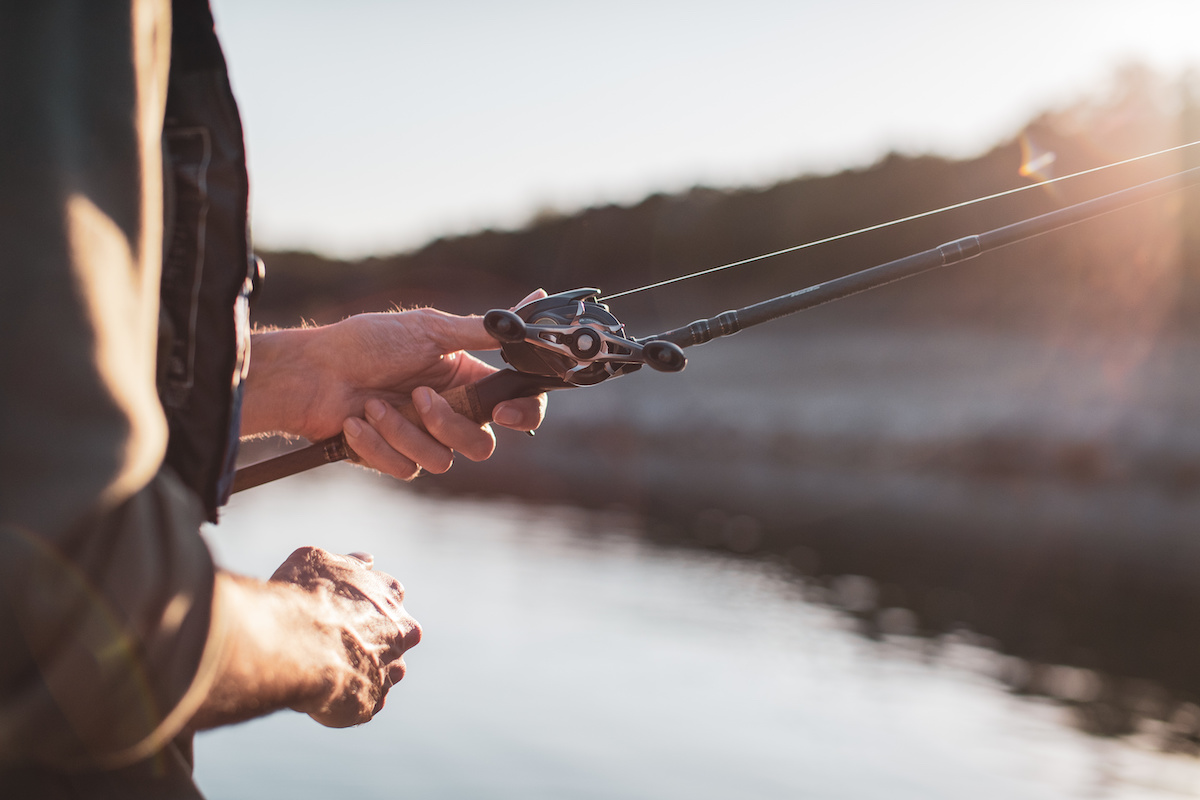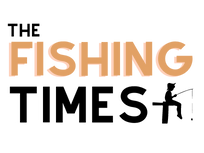Fishing is a popular hobby enjoyed by many people around the world. It’s a great way to enjoy the outdoors and can be relaxing too. If you’re a beginner and have never tried fishing before, there’s no need to be intimidated.
This beginner’s guide to fishing will provide you with all the information you need to get started and have a successful fishing trip. From what kind of equipment to use, to the best techniques and even some local tips, you’ll be on your way to reeling in your first catch in no time!

What Kind of Equipment Do You Need?
Before heading out on your fishing adventure, you’ll need to be equipped with the proper gear for a successful trip. The type of equipment you’ll need will vary depending on what type of fishing you’re doing.
- Rod and Reel – A combination of a rod and reel is used for most types of fishing. The reel is used to store the fishing line and the rod acts as the handle for winding in the line and also as a support for the fishing line. Different fishing rods and reels will be ideal for different types of fishing so it’s important to know what type of fishing you’ll be doing. If you’re fishing from a boat or pier, you may want to invest in a heavier rod to support larger fish.
- To begin with, you can use a 6 or 7-foot rod but once you get the hang of things and progress further you can progress to using a 9 or 10-foot rod. The length of the rod is determined by your height. Rods that are too long will be harder to control and can be dangerous if a large fish pulls the rod toward you.
- Reels come in many different sizes and can be used for different types of fishing too. The size of the reel is determined by the number of lines it can hold. For example, a smaller reel that can hold 100 yards of line is perfect for fishing with lures. Larger reels are used in trolling and for fishing with nets and cranes.
- Bait and Lures – You can use many different types of bait to catch fish such as worms, fish, squid, and more. There are many different types of lures that you can use too for different types of fishing. You can buy lures that attract fish by sight, smell, and sound.
- Reel Seat and Swivel – The reel seat is where the reel is attached to the rod and the swivel is a link that attaches the fishing line to the lure or bait.
- Fishfinder – This device will allow you to see the fish below you in the water. You can then use the appropriate fishing techniques based on the fish you’re trying to catch.
- Belly Boat and Fishnet – If you’re fishing from a boat, you’ll need a belly boat that’s specially designed for lifting fish out of the water. You can also use a fishnet to scoop up fish from the water and then transfer them to a bucket.

Basics of Fishing Techniques
The first thing you need to know when fishing is what type of fishing you’ll be doing. It’s also important to check the local regulations before heading out on the water so you comply with the rules and regulations of the area.
- Trolling – Trolling is a popular fishing technique used by both commercial and recreational fishermen. It involves using a reel that has a long line attached to it. The line is then trailed behind the boat in the water behind you. Trolling is often used to catch fish that are found in deeper waters such as tuna, salmon, and mackerel. Trolling can also be done from a stationary position such as from a pier.
- Cranking – Cranking is a technique used for fishing in shallow waters such as bays and lakes. Cranking is a great technique for catching large fish such as tuna, salmon, and barracuda.
- Nets – Nets can be used for both commercial and recreational fishermen. They can be used for rivers, streams, and lakes. They are often used for catching smaller fish such as trout and bass.
Best Fishing Spots
There are many different types of fishing spots and you may want to try a few different ones to see which works best for you. Here are some of the most popular fishing spots you might want to try.
- Ocean – Ocean fishing is great for large fish like tuna and marlin but it’s often done from a boat or pier so it’s not suitable for beginners. It’s worth noting that although many people go ocean fishing for sharks, it is illegal in many places.
- Rivers and Streams – A good place to start fishing is a river or stream. They are often good places to catch smaller fish such as trout and bass. You can also use a net to catch larger fish such as salmon.
- Lakes – Many people start fishing in lakes and many lakes are stocked with fish to provide a consistent and steady source of fish for anglers.

Local Fishing Tips
- When you’re shopping for fishing equipment, it’s best to shop when you’re at your home base. This way you have time to do research and know what to look for. You don’t want to be in a rush and end up buying the first equipment you see when you’re on vacation.
- When you’re first learning to fish, go with someone who has experience. You can learn a lot from watching others fish and you’ll have someone there to help you if you get stuck.
- When fishing in a new area, you may want to talk to locals to see what they recommend. They will know the best places to catch fish and what they like to eat.
- When you’re fishing in a new area, make sure you know what the rules and regulations are. You don’t want to break any rules, get a hefty fine, or even be arrested.
Regulations and Rules for Fishing
When you’re fishing, it’s important to know the rules and regulations in that area. You don’t want to break any rules or endanger any vulnerable fish species. Before heading out on the water, make sure you know the rules for the type of fishing you’ll be doing. You can find the rules in your local area in your state’s fishing regulations.
There are many different species of fish and many of them are protected so it’s important to know what you can and can’t catch. For example, you can’t fish for salmon in the Pacific Northwest between mid-May and mid-July because they are in their spawning season.
It’s also important to know the legal size of the fish you can catch and the amount that you can keep. For example, in New York, you can catch one fish that’s 16 inches long or less per person.
Fish Conservation and Sustainability
There are many different ways you can help protect fish and be sustainable when fishing. One way to do this is to use a fish finder when you’re fishing. With a fish finder, you can see how many fish are in the area and you can fish in an area that has a good amount of fish. Another way you can protect fish is to not keep any that you catch. You may want to release them back into the water so they can live and reproduce.
Fish that you keep can also be harmful to the environment when they are released because they can introduce diseases to other fish. Another way you can protect fish is by fishing at certain times of the year. Some fish are migratory and travel to different areas during different times of the year. You can keep fishing by following a calendar that shows when different fish travel to certain areas.
How to Clean and Cook Your Catch
If you catch something while you’re fishing, you’ll want to clean it properly before eating it. If you catch a large fish, you can ask your local fish and chips shop if they’ll clean it for you. Some large fish such as tuna can be tricky to clean so it’s best to have a professional clean it for you. If you catch a smaller fish, you can clean it yourself.











